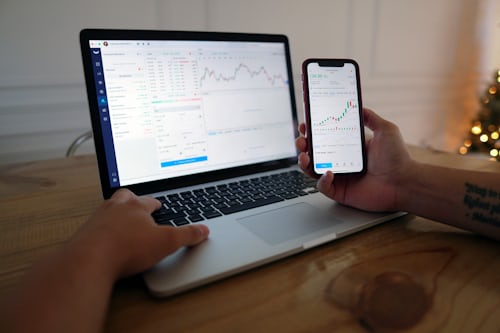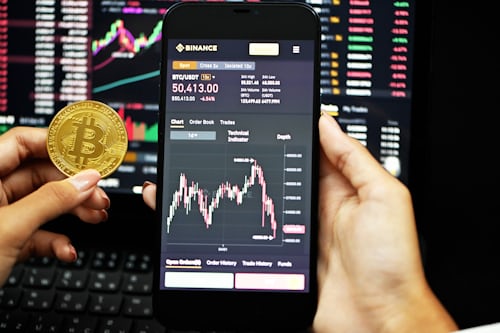Central banks like the ECB rely on quantitative easing as a measure to get through crises - when they have already exhausted other monetary policy means. Key interest rate cuts in particular are a measure with a finite character. Experts see potential in quantitative easing when it comes to dealing directly with acute crises. But what happens after that? The US Federal Reserve already began scaling back its QE measures in 2014. The ECB's quantitative easing programme has been running since 2015.
Due to the coronavirus pandemic, the central bank has not scaled back the measures, but even expanded them. Through the flood of money, the ECB is trying to calm the market. However, a drastic expansion of the quantitative easing programme carries the risk of new crises.
- Real estate bubbles could arise: One of the risks of quantitative easing is the impact on the real estate sector. In recent years, prices have risen significantly in this sector. With ever higher price levels, experts are increasingly warning that real estate in some countries/regions is clearly overvalued. Purchase prices are no longer covered by the real value. What is threatening here is the emergence of a real estate bubble. In the worst case, strong distortions develop, as in the US real estate market in the course of the 2007/2008 crisis.
- Credit bubbles threaten to form: A loose monetary policy is supposed to be the incentive for banks to pass on capital to the economy via loans. However, a fine line quickly emerges here. If investments are financed exclusively on credit, credit bubbles can develop. As soon as companies find themselves in a position where they can no longer service their liabilities, a chain reaction sets in. The danger is particularly great if QE not only strengthens the real economy, but also supports companies that are no longer economically viable. Sooner or later, these "zombies" will become a danger.
- Stock markets see flood of capital: With the measures of Quantitative Easing, the ECB is triggering a flood of money that not only benefits the real economy. The financial markets are also feeling the effects very quickly. Investors are reallocating their portfolios to securities with higher yields. The increase in liquidity on the stock exchanges automatically increases demand - which has an effect on the price development. The development is clearly visible in the historical prices of the major stock indices. Here it is worth keeping an eye on the share trends. DAX, Dow Jones and Co. have experienced an unprecedented growth phase after 2009. The danger is that if QE is ended, the stock markets will suffer massive price losses - if investors withdraw capital. To stay up to date, we recommend switching on one of the Dow Jones alert services in https://exnessbroker.net/mt4/.
Why does QE boost exports?
With quantitative easing, central banks do not simply open the money floodgates. In this way, the euro can be devalued, which boosts the economy - at least in some areas. The export economy benefits from a low euro compared to other trading currencies such as the US dollar. Companies from this sector are strengthened and can create more jobs. One of the beneficiaries is therefore Germany, which is generally considered an export heavyweight.
The bottom line
On the other hand, quantitative easing becomes a problem for other sectors of the economy. Companies that tend to import suffer from devalued currencies. Products and intermediate goods have to be bought at a high price. Ultimately, the ECB's quantitative easing programme has two sides. Especially economies in the EU that are less export-oriented consequently suffer more from the ECB's unconventional measures.
- Quais são as coisas que deve saber sobre cada bónus de casino?
- Why Khelraja Casino is preferred for real betting
- Best bitcoin blender, Best btc mixer, BTC mixer, Blender BTC, Mixer BTC
- Spalletti announced the death of the lines in football and turned Napoli into one of the best teams in the world. Understanding how
- Emerald Diamond: a new look at the classic slot



